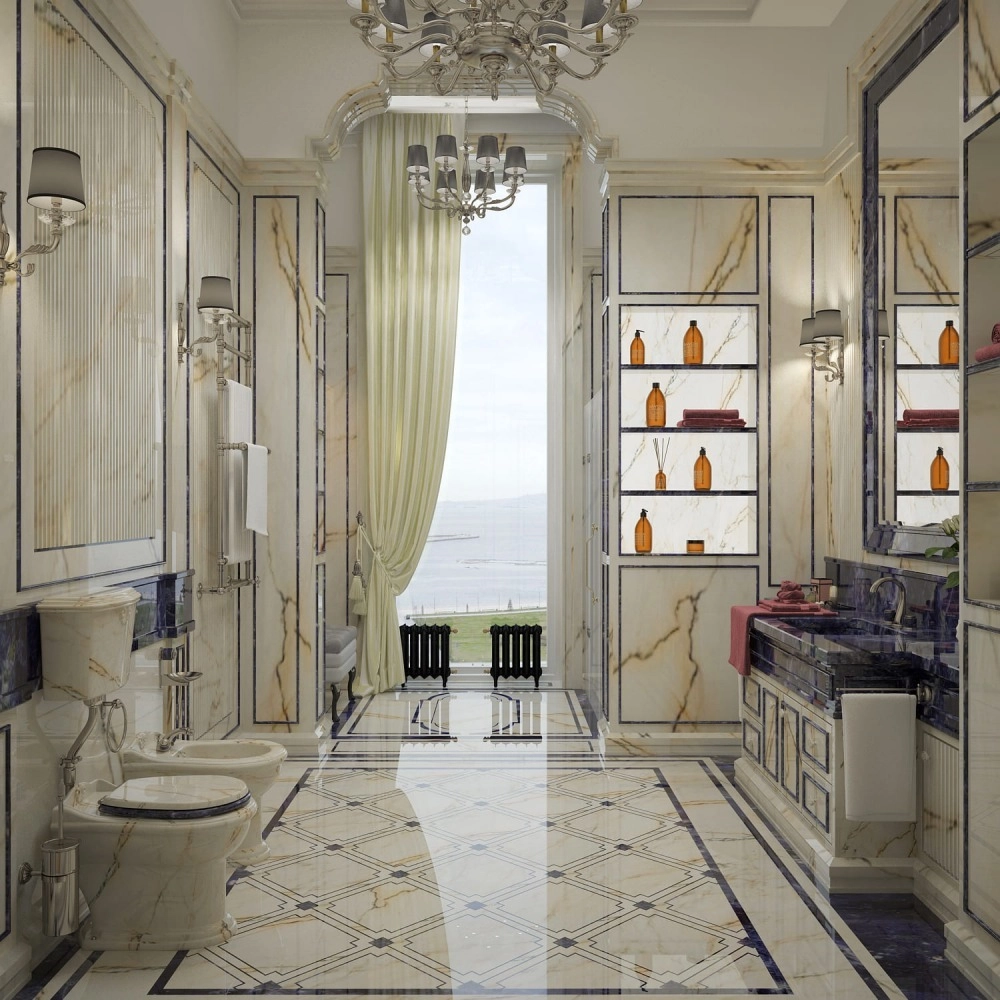
UKRAINE, KIEV
+38 068 100 27 96
+38 050 914 18 99
The company has been on the service market for more than 11 years, has already gained recognition from thousands of clients
They have their own unique beauty, durability and functionality.
But do you know exactly how they differ from each other? In this article, we will tell you about the features and benefits of each of these materials, as well as their application in different spaces. This information will be useful for those who are planning repairs or construction and want to choose the best stone for their project. And if you are looking for high-quality and affordable travertine marble or in Ukraine, we recommend that you contact Mstone, which offers a wide range of these materials on its website Mstone.ua.
What is travertine and how is it formed?
Travertine is a light and porous rock that is an intermediate state between limestone and marble. It consists mainly of calcium bicarbonate salt, which is deposited from underground water as a result of chemical reactions. Under the influence of high pressure and temperature, the sediment compacts and turns into stone.
The physical properties of travertine are highly dependent on the deposit where it is formed. Stone formed in stagnant underground reservoirs has a high density and resistance to external influences. Stone that was formed with running water (underground rivers or waterfalls) has many pores and is quite fragile.
A special feature of travertine is its texture and color. It can have various shades from soft pink with a mother-of-Pearl luster to dark brown, almost black, bright red and orange. Interestingly, the density of a stone can be determined by its color. Often light travertine has many pores, while dark travertine is denser and resembles marble.
Travertine is an environmentally friendly material that does not harm the health of humans, children and animals. It does not emit any harmful substances and can be present in the room in any quantities.

Benefits and applications of travertine
Travertine has many advantages that make it an excellent choice for a variety of construction and decorative purposes. Here are some of them:
* Moisture resistance. Travertine does not allow moisture to pass through its pores and is not destroyed from the inside.
* Fire resistance. Travertine does not burn or melt when heated, making it safe to use near fire sources such as fireplaces or stoves.
* Durability. Travertine has high strength and wear resistance, which allows it to serve for a long time and not lose its appearance. Interestingly, when interacting with air, travertine compacts and becomes even stronger. This explains the fact that buildings built from this material hundreds of years ago still stand today.
* Practical. Travertine has a rough surface that is non-slippery and non-slip, making it suitable for floors and stairs. It is also easy to process and install, which reduces the cost and time of construction.
* Aesthetics. Travertine has a unique look that adds warmth, comfort and naturalness to the space. It is perfectly combined with other materials, such as wood, metal, glass or ceramics. It also allows you to create different styles from classic to modern.
* Thermal insulation and sound insulation. Travertine has high thermal insulation and sound insulation properties, due to its pores. helps maintain optimal room temperature and reduces noise levels. This makes it ideal for those who appreciate comfort and quiet in their home or office. Travertine also creates pleasant acoustics in the room, which promotes relaxation and mood.
